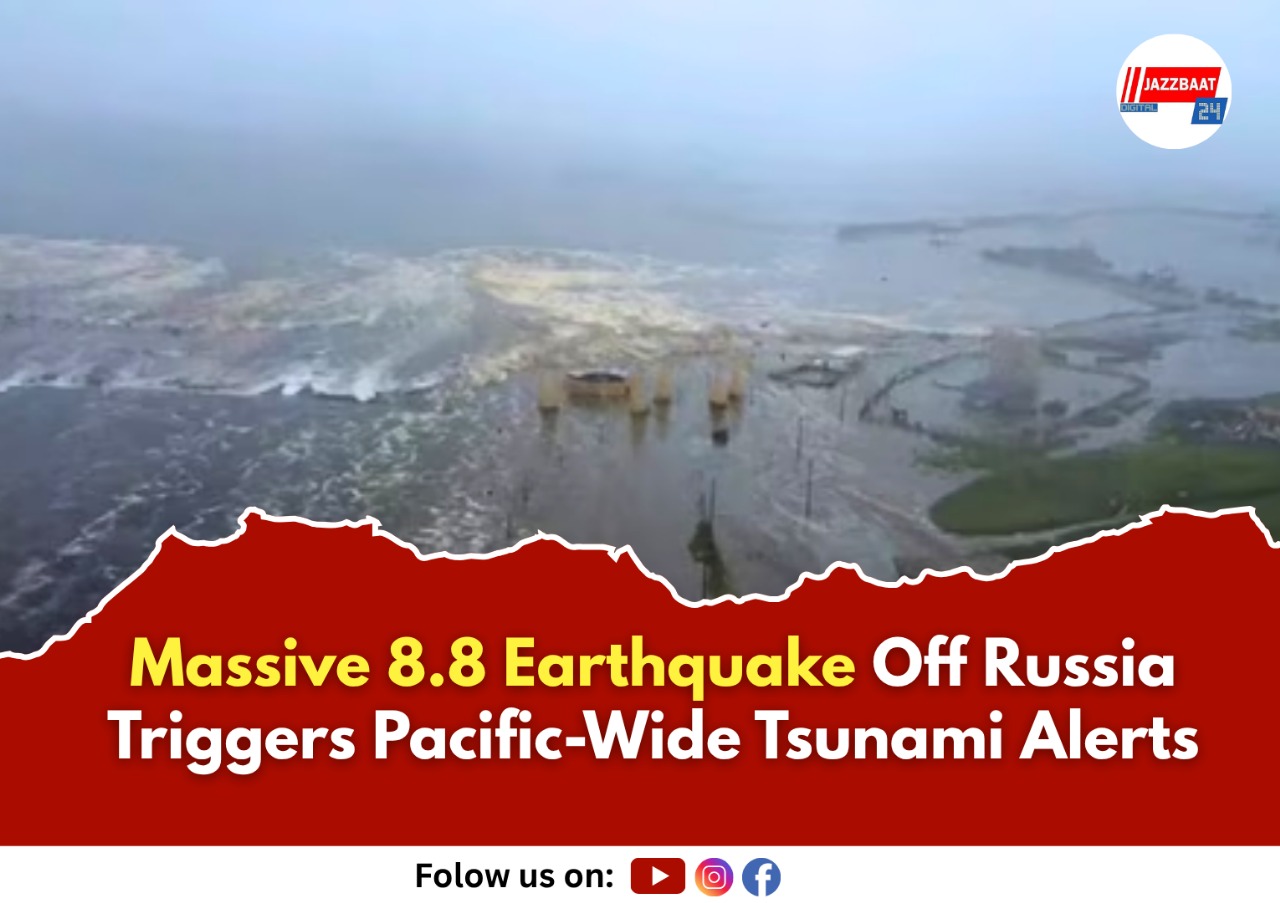
Powerful tremors from Kamchatka Peninsula send waves across Pacific, affecting Hawaii, Japan, and US West Coast
A devastating 8.8-magnitude earthquake struck off Russia's far eastern Kamchatka Peninsula early Wednesday morning, generating tsunami waves up to 16 feet high and prompting evacuation orders across the Pacific basin from Japan to California.
The shallow quake, centered about 74 miles from the Russian city of Petropavlovsk-Kamchatsky, marked the strongest earthquake to hit the region since 1952. Russian scientists described it as a "unique event" that sent powerful waves racing across the Pacific Ocean at jet-like speeds.
The tremors caused significant damage across the remote Kamchatka region, with a kindergarten damaged and several people seeking medical attention. Dramatic video footage showed surgeons continuing an operation even as the powerful earthquake shook their operating room, demonstrating remarkable composure under extreme circumstances.
The coastal town of Severo-Kurilsk bore the brunt of the tsunami's impact, with waves reaching up to 16 feet high. Drone footage revealed the entire shoreline submerged, with fishing boats swept from their moorings and a fish processing plant partially flooded. Remarkably, local officials reported that residents had been safely evacuated to higher ground before the waves struck.
"Today's earthquake was serious and the strongest in decades," said Kamchatka Governor Vladimir Solodov in a statement posted on social media.
The earthquake triggered a cascade of tsunami warnings across the Pacific Rim. In Japan, nearly two million people were advised to evacuate coastal areas, bringing back haunting memories of the 2011 Fukushima disaster. Workers at the damaged Fukushima nuclear plant were evacuated as a precautionary measure, though officials reported no irregularities at nuclear facilities.
Hawaii experienced significant disruption as waves up to 5.5 feet reached its shores. Traffic jammed Honolulu's streets as residents fled to higher ground, while flights were diverted and the main Maui airport was temporarily closed. The Pacific Tsunami Warning Center later downgraded the warning after determining no major tsunami threat remained.
Along the US West Coast, waves reached California, Oregon, and Washington, with the largest recorded at 1.6 feet in Northern California's Arena Cove. Authorities warned residents to stay away from beaches and harbors, emphasizing that tsunami waves arrive in sets over many hours.
The earthquake's impact extended far beyond the immediate Pacific region. Countries from Colombia to New Zealand issued coastal warnings, while Peru and Ecuador ordered preventive evacuations from beaches and low-lying areas.
President Donald Trump urged Americans to "stay strong and stay safe," directing people to official tsunami information sources for the latest updates.
The 8.8-magnitude quake ranks among the ten strongest earthquakes ever recorded, occurring along the volatile Pacific Ring of Fire. Scientists noted that while the magnitude was extreme, the specific characteristics of the epicenter limited the shaking intensity compared to what might typically be expected from such a powerful event.
As aftershocks continue across the region, authorities remain vigilant for additional seismic activity, though scientists expect no stronger tremors in the immediate future. The event serves as a stark reminder of the Pacific's geological volatility and the interconnected nature of our planet's natural systems.